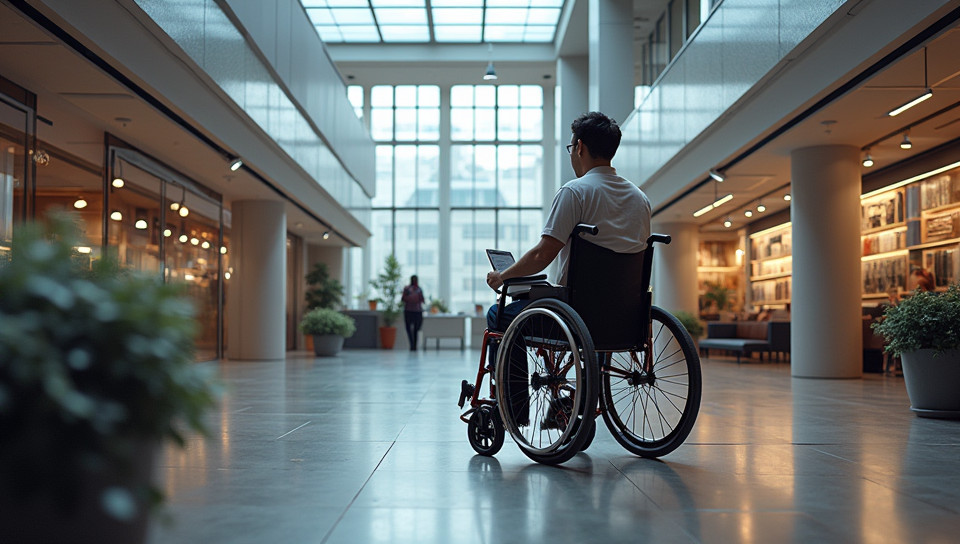Designing for accessibility benefits everyone 89%

Designing for accessibility benefits everyone. By creating inclusive and accessible designs, we can improve the user experience for people of all abilities, backgrounds, and contexts. In this article, we'll explore why designing for accessibility is essential and how it can have a positive impact on your career and the world at large.
What is Accessibility in Design?
Accessibility in design refers to the practice of creating products, services, and experiences that are usable by people with disabilities or impairments. This includes visual, auditory, motor, cognitive, and speech-related disabilities. By designing for accessibility, we can create a more inclusive environment where everyone has equal access to information and opportunities.
Benefits of Accessible Design
Accessible design benefits not only people with disabilities but also the broader population. Here are some reasons why accessible design is beneficial:
- It improves user experience for all users
- Increases website and application usability
- Enhances credibility and reputation
- Improves search engine optimization (SEO)
- Complies with laws and regulations, such as the Americans with Disabilities Act (ADA) in the United States
- Encourages innovation and creativity
How to Design for Accessibility
Designing for accessibility requires a thoughtful and intentional approach. Here are some tips to get you started:
Follow Web Content Accessibility Guidelines (WCAG 2.1)
The WCAG 2.1 guidelines provide a set of standards for creating accessible digital products. Familiarize yourself with these guidelines and incorporate them into your design process.
Use Clear and Consistent Navigation
Ensure that navigation is clear, consistent, and easy to use. This includes using simple language, avoiding jargon, and providing alternative text for images.
Provide Closed Captions and Transcripts
Closed captions and transcripts help users who are deaf or hard of hearing. They also improve the user experience for everyone by providing additional context and information.
Conclusion
Designing for accessibility is not just a moral obligation; it's also good business sense. By creating inclusive designs, we can improve the user experience, increase usability, and enhance our reputation. As designers, it's our responsibility to create products that are usable by everyone, regardless of their abilities or backgrounds. By following these tips and best practices, we can make a positive impact on people's lives and contribute to a more inclusive and accessible world.
- Created by: Susan Gutierrez
- Created at: Jan. 9, 2025, 3:35 p.m.
- ID: 17615









